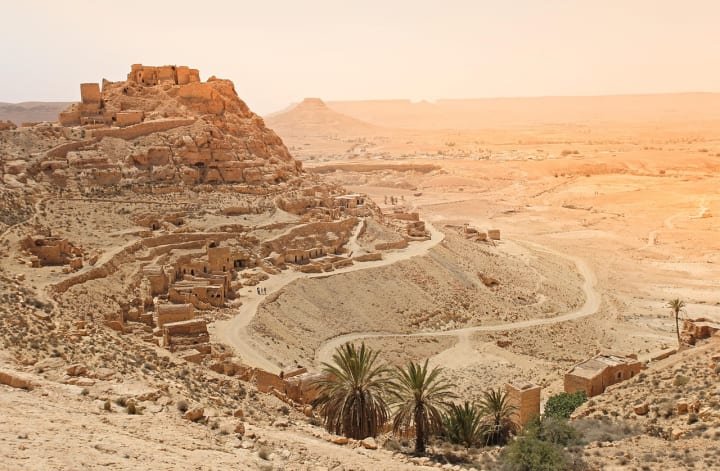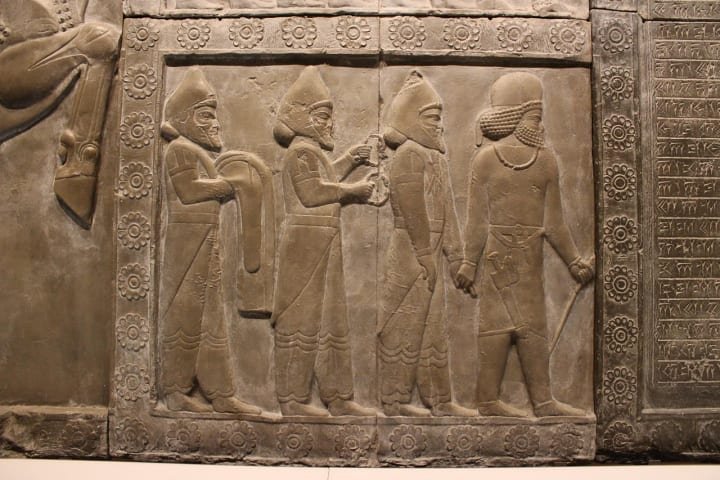The Lost City of 200,000 Years: Africa’s Forgotten Civilization

A Lost Chapter of Human History
In the rolling hills of South Africa, far from the eyes of the world, lie thousands of circular stone structures that have puzzled scientists, historians, and seekers of truth for decades. These ruins stretch over hundreds of kilometers and form an intricate network of ancient walls, roads, and complex settlements. They whisper of a past that is far older than we ever imagined, a past that may rewrite the story of humanity.
At the center of this mystery is a claim both thrilling and controversial: these structures may be the remnants of an ancient city dating back 200,000 years. Not 10,000. Not even 50,000. But a full 200,000 years ago, before the first known civilizations of Mesopotamia, Egypt, or the Indus Valley were even a thought. The evidence is real, scattered across the South African landscape, waiting to be understood.
The Discovery: Stone Circles Hidden in Plain Sight
The story begins in Mpumalanga, a province in the eastern part of South Africa. For centuries, locals lived among these stone circles, often calling them “cattle kraals” or animal enclosures. But as researchers began to examine them more closely in the 20th and 21st centuries, it became clear that these weren’t simple livestock pens. There are thousands of these stone circles, often connected by long, stone-lined channels and paths. From the air, the design resembles a vast circuit board or an ancient city grid. The most prominent and central structure is what some now call “Adam’s Calendar”, a mysterious arrangement of standing stones aligned with the solstices and cardinal points.
These structures are not randomly placed. They follow the paths of the stars, the movement of the sun, and the ley lines of Earth’s energy. Their builders were not primitive. They were astronomers, architects, and engineers. And they built something enormous.

How Old Are These Structures?
Conventional archaeologists have been cautious with dates, often suggesting the stone ruins could be a few thousand years old. But others, like researcher and author Michael Tellinger, have proposed something far more extraordinary. Tellinger, working with local historians and alternative researchers, analyzed the erosion of the stones, the weathering of the terrain, and the astronomical alignments of Adam’s Calendar. The conclusion: these structures could be up to 200,000 years old. what could support such an ancient date? Geological dating of surrounding soil layers suggests human activity stretching far beyond the accepted timeline of civilization.
Astronomical alignments show the standing stones of Adam’s Calendar were designed to match celestial positions that would only have existed hundreds of thousands of years ago. Gold mining evidence in the region points to intense industrial activity. Ancient tunnels, shafts, and tools suggest someone was mining here in the deep past, long before modern humans were supposedly advanced enough to do so.
Gold and the Gods: An Anunnaki Connection?
South Africa is rich in gold. And gold plays a crucial role in the ancient Sumerian texts, the earliest written records we know of. These texts speak of the Anunnaki, beings from another world who came to Earth in search of gold.
According to the Sumerian creation myth, the Anunnaki genetically modified early humans to create a labor force to mine gold for their purposes. These events supposedly took place in southern Africa, the exact area where these ancient stone cities now lie in silence. Could this lost city have been one of the first human settlements, established not by chance, but by design? The layout of the city supports this idea. The roads are not designed for animals or carts, but for something more advanced. The stone circles are not homes but resonate like sound chambers. Some even believe they were part of an energy grid, or ancient machines still waiting to be reawakened.

Adam’s Calendar: Africa’s Stonehenge
High on a ridge overlooking the Transvaal region stands Adam’s Calendar, two upright stones flanked by others that mark the solstices and the equinoxes. From the air, it’s clear this wasn’t built by accident. It’s a solar calendar aligned with the movement of the sun, just like Stonehenge, but far older.
What’s more, the rocks used in Adam’s Calendar come from a distant region and had to be transported over great distances. They’re aligned to the exact north-south-east-west points and still function as a calendar to this day. Who had the knowledge and the means to construct something so precise so long ago?
A City Larger Than We Thought
The more researchers study the region, the more massive the ancient city becomes. What was once thought to be a few scattered ruins is now recognized as a city that may have housed hundreds of thousands of people. Satellite imagery reveals an interconnected web of stone circles, roads, and energy patterns that stretches over 10,000 square kilometers. The city wasn’t just a small village, it was a sophisticated metropolis. A capital of some unknown civilization. And the deeper we look, the stranger the evidence becomes. Sound, Energy, and Resonance
Many of the stone circles produce strange acoustic frequencies. Some researchers believe the stones were designed to channel sound or energy. When struck, they resonate with powerful, harmonious tones, almost like musical instruments. It raises the question: Were these structures part of an energy system? Were they built not just to house people, but to tap into Earth’s natural frequencies?
If so, this was a civilization that understood energy in a way we are only beginning to rediscover. Why haven’t we heard more about this? You might wonder, if this discovery is real, why isn’t it in every history book? The truth is, mainstream science and archaeology move slowly. Claims that challenge established history are often dismissed or ignored. Funding, academic politics, and rigid belief systems keep the narrative safe and predictable. But the stones are still there. The city still waits beneath the grass and soil. And the evidence, though inconvenient, continues to grow.
A Forgotten World Beneath Our Feet
The 200,000-year-old city in Africa may be the oldest known civilization on Earth. It may have been a mining complex, an energy grid, or even a sacred center of a long-lost race. Whether connected to the Anunnaki, ancient human ancestors, or something beyond our current understanding, it reminds us that we’ve only scratched the surface of Earth’s true history.
These stones do not lie. They do not vanish. They wait. In the hills of South Africa, the first city sleeps beneath the sky, older than the pyramids, older than time as we know it. And one day, we will remember.
#blog #history #religion #ancient #mysticism #spiritual #ufo #ufology #africa #writer #read #story #article
Posted by Waivio guest: @waivio_cosmicsecrets